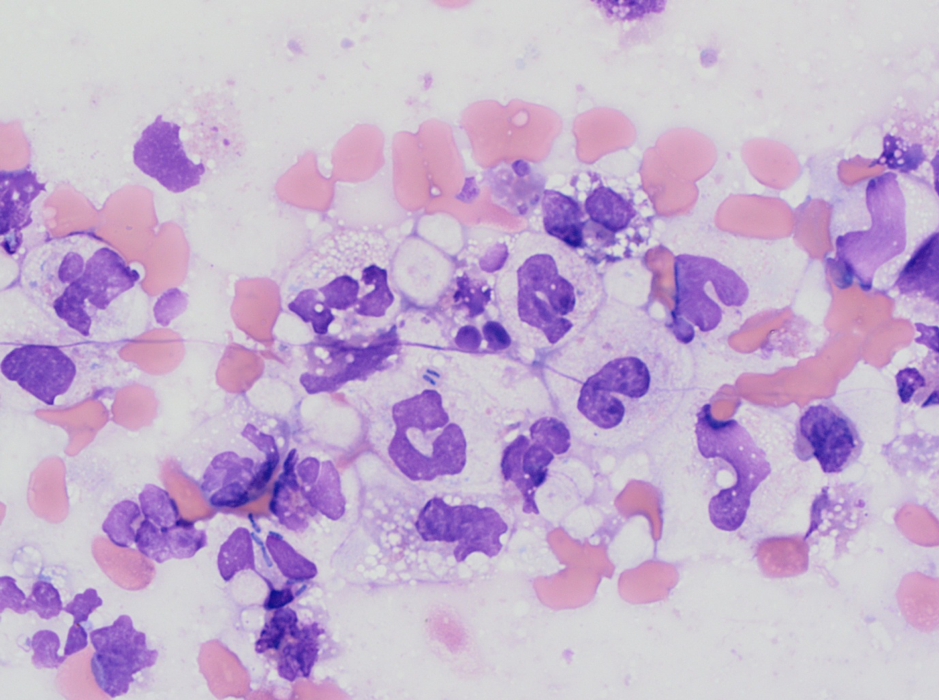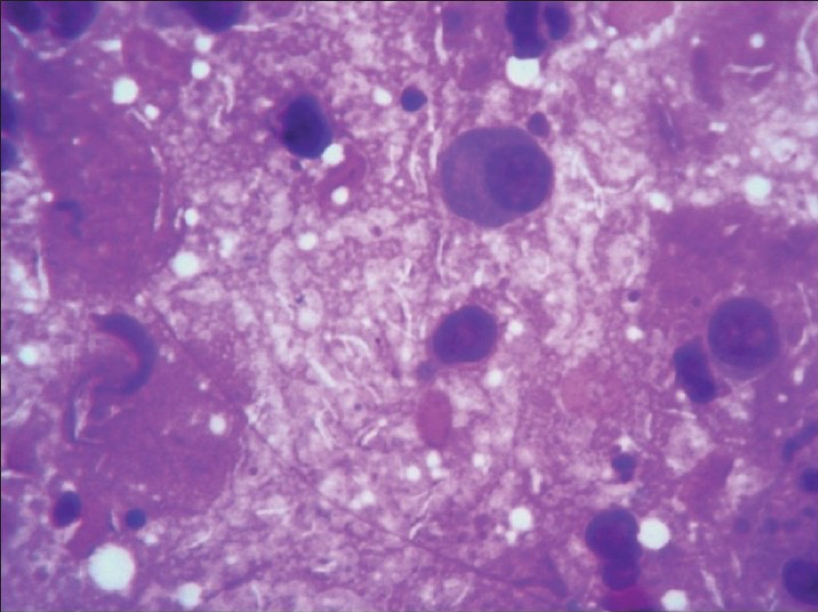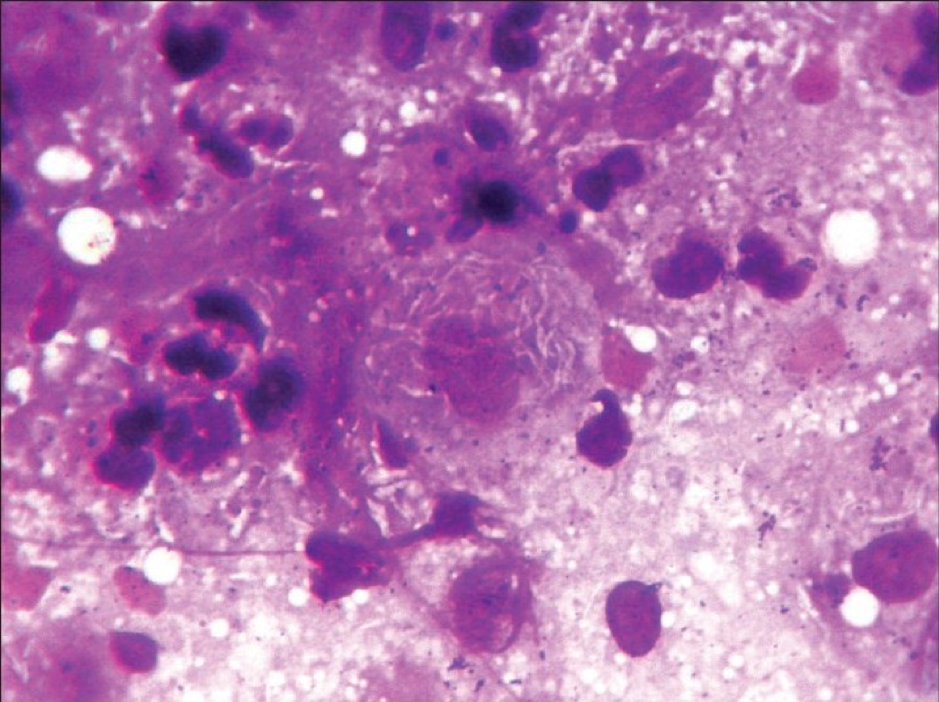“…and scattered about it… were the Martians — dead! — slain by the putrefactive and disease bacteria against which their systems were unprepared; slain as the red weed was being slain; slain, after all man’s devices had failed, by the humblest things that God, in his wisdom, has put upon this Earth.”
HG Wells, War of the Worlds
As a cytologist, it is often my privilege to gaze upon these “humblest things” upon the Earth, as Wells memorably described them. Even magnified a thousandfold, bacteria mostly resemble a tiny dot or a thin pencil line, dwarfed by the cyclopean cells that surround them.
Like the Martians that brought so much calamity to Earth, it’s hard for me to imagine the devastation they can cause to us and our companion animals.
The good, the bad and the ugly
Even in medical circles, we often arbitrarily divide these tiny troublemakers into “good“ and “bad” bacteria, but like morality, the truth isn’t really so simple.
The great majority of bacterial infections, at least in veterinary medicine, are caused by microorganisms accidentally breaching our defences and ending up in a place they don’t belong and are definitely not welcome – skin commensal organisms that have ended up thrust inside a wound, faecal organisms that have somehow found their way into the bladder, oral bacteria that have been poked inside a cat’s thoracic cavity by another cat during a disagreement. If they were capable of feeling surprised, they’d probably be just as surprised and upset as we are about the situation.
The exceptional
There are “true” pathogens, of course, but, at least in my experience, they are the infection rather than the rule. Most bacterial infections are like John McClane in Die Hard 2 – the wrong guys in the wrong place at the wrong time. Except they have cleaner shirts and cause slightly fewer explosions.
Wherever and however they end up in the wrong place, bacteria are likely to very quickly encounter their nemesis – the humblest things on Earth are often opposed by the humblest cell of the immune system; the neutrophil. Unless they’ve got some very good plans up their sleeve, bacteria usually come off worse.

Here (above) are several rod-shaped bacteria engulfed and feeling unhappy within neutrophils. The bacteria in the lower left of the picture are already starting to lose their shape and spread out, probably already slain by the neutrophil’s granules.
Although they come in all shapes and sizes, most common bacteria look like small thin lines that we call “bacilli” (or, as my dictation software invariably calls them, “be silly”), or small dots – “cocci” (and you really don’t want to know the fun my dictation software has with them).
They’re always a thrill to find on a slide, partially because it gives me God’s very own view of a battle in progress, as the immune system mounts its efforts to expel these often-reluctant invaders, and partially because a mass full of neutrophils eating bacteria is often (although not always) better news for the patient than finding cancer.
The pretty
Some bacteria are more exciting to look at than others, of course – the fusilli-shaped spirochetes can move by themselves (and are the cause of various nasty diseases, including leptospirosis and Lyme disease.
Some of the hardest to spot are also some of the nastiest diseases. Look at this:

Now look more closely. See those little white lines that just look like gaps in the background? They’re “negative-staining” bacteria – you can probably guess why. They’re also Mycobacteria – the organisms that include the causative agent of TB, currently infecting around 2 billion humans and even now causing nearly 2 million deaths a year (which may put our current situation into some sort of perspective).
Tough as old boots, these bugs actively want to be eaten by macrophages (the “big eaters” of the immune system), as they can bypass the various means the behemoths have to destroy them.
Here’s a macrophage jam-packed with them:

Those slender innocuous hair-like strands packed into the cytoplasm of the large macrophage in the centre of the image are the creatures that polished off George Orwell, Lord Byron, Vivian Leigh and ‘Doc’ Holliday, among millions of others.
You can see why the Martians never stood a chance.

Leave a Reply